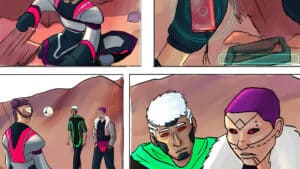
Sivunivut: The Future
 Middle - Secondary
Middle - Secondary
This comic, illustrated and written by Olivia Akeeshoo Chislett, explores concepts of language, culture, and Indigenous futurism.


This comic, illustrated and written by Olivia Akeeshoo Chislett, explores concepts of language, culture, and Indigenous futurism.
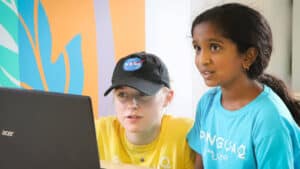
In this lesson, students respond to writing prompts that require them to think about other/diverse perspectives via RAFT-style storytelling:

In the fourth and final episode of the Mission Ocean series, we discover what Environmental DNA (eDNA) is, and how it’s being currently utilized for ocean conservation efforts.
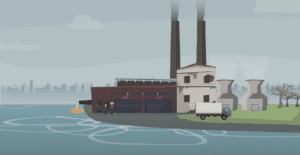
In episode 3, learn about a not-so-popular kind of ocean pollutant – Noise. You’ll see how it’s caused, and what surprising thing happens when the noise switches off.
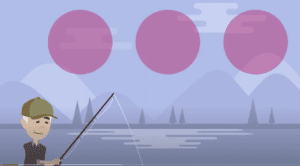
In this episode, you’ll discover the concept and threat of overfishing: Why it’s a threat, how it’s done, and what modern solutions are helping to combat this ocean danger.
On this episode of the Root & STEM podcast, Andrew McConnell, the First Nations, Métis and Inuit Education Coordinator for the YRDSB, shares the importance of Indigenous knowledge and voices in youth learning. He identifies the areas in which the education of youth and adolescents can be enhanced to include the viewpoints of various Indigenous communities. Andrew describes why non-Indigenous educators teaching Indigenous ideas fall short, before explaining how a change in pedagogy can assist in creating a deeper understanding of Indigenous science and ideas in students.
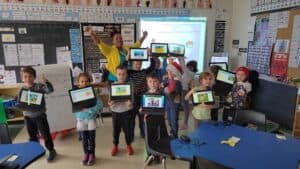
In this episode of the Root & STEM podcast, Pinnguaq’s digital skills educator, Sherisse Richards, shares how Scratch–a programming language–can help educators teach students about coding, storytelling, and animation.
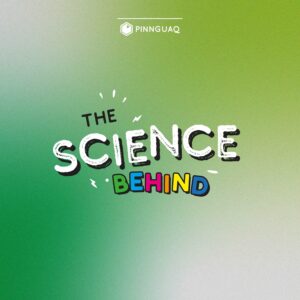
Let’s think like a scientist and find the answers to the questions that make us wonder! The Science Behind podcast series explores the ways in which science is connected to humans and the world around us in an interactive format that follows the scientific method. (The scientific method is the process of testing and experimenting […]
In this episode of the Root & STEM podcast, Haíɫzaqv advocate Desiree Lawson shares her mission to preserve and promote her Indigenous values. She explains how the Haíɫzaqv nation views the ocean and why it’s healthy for the environment.
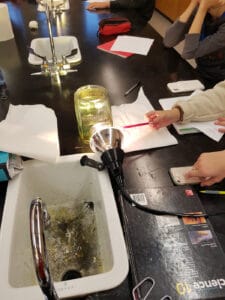
PhD candidate and former science educator Patrick Wells shares his experiences as a high school science teacher to exemplify effective methods of teaching. He shares his thoughts about what organizations can do better support their educators. He describes a successful ocean research project he involved his students in before explaining the qualities that make a good leader.
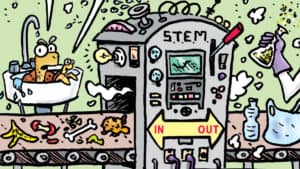
A young turtle and his Grampa take readers on a sea adventure to learn how ocean plastic is hurting sea animals, but also showcases how humans are trying to reduce plastic use and clean up the ocean in various ways.
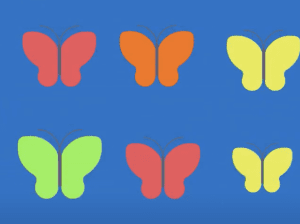
Part 5 explores the design of the wings of the blue morpho butterfly and how light reflection alters their appearance to the eye of the viewer.
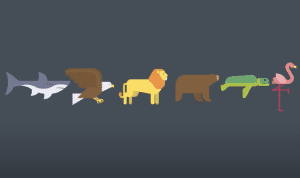
Part 4 explores the design of shark skin and how it helps the shark function as efficiently as a swimmer and a predator and how the design can help our world become safer and stronger.
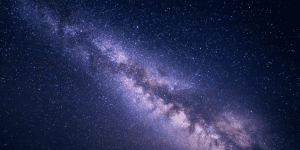
Part 9 explores the different aspects of astronomy, with a focus on celestial bodies in space —like stars, planets, and the sun.
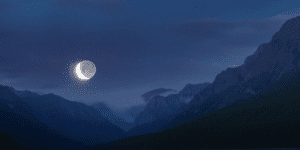
Part 8 explores how eclipses work, the different types of lunar eclipses, and the proper protection for eyes when viewing an eclipse.
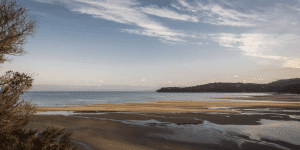
Part 7 explores how the Moon’s gravitational pull impacts Earth and causes the tides to reach high and low points.
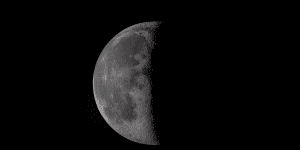
Part 6 explores the different phases of the moon, from New Moon to Full Moon to Waning Crescent, and explains how the direction of the light from the Sun impacts the moon’s visibility and shape appearance.
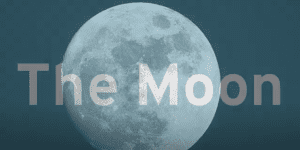
Part 5 explores the different aspects of the moon, including the dark side, the terminator (the dividing line between dark and light), and the craters that can be seen in pictures.
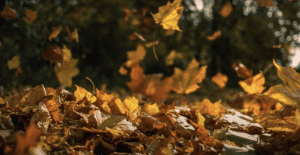
Part 4 explores how the Earth’s tilted axis and its orbit around the sun produces different seasons in different times of the year.

This activity tells the story of Subrahmanyan Chandrasekhar, a mathematician responsible for discovering the stars of a certain size become supernovas, instead of white dwarfs, when they collapse.
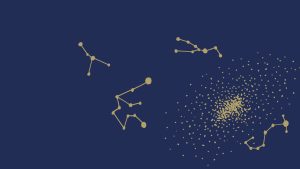
Students will learn about constellations and to describe the role of celestial objects in the traditions and beliefs of selected cultures and civilizations.

Star Scribe is an educational game experience created and designed by Brandon Bunnie. Players will visit the surface of Earth’s moon and learn about several Cree constellations from Wilfred Buck a.k.a. “Star Guy.”
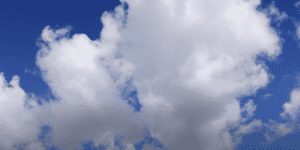
Part 3 explores the different types of cloud formations, how they form, and where they can occur in the sky.
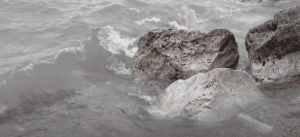
Part 2 explores the different phases in the water cycle, along with the concepts involved in the moving from one stage to another.